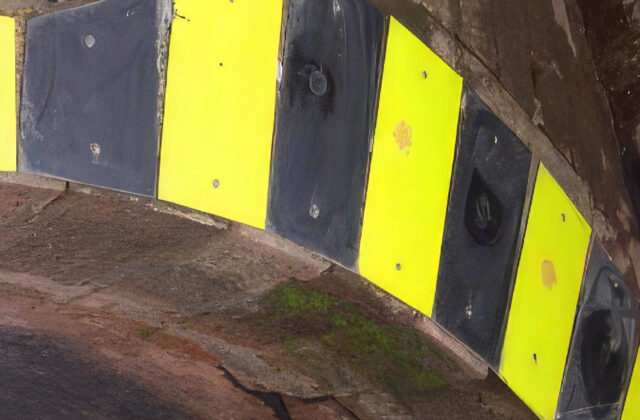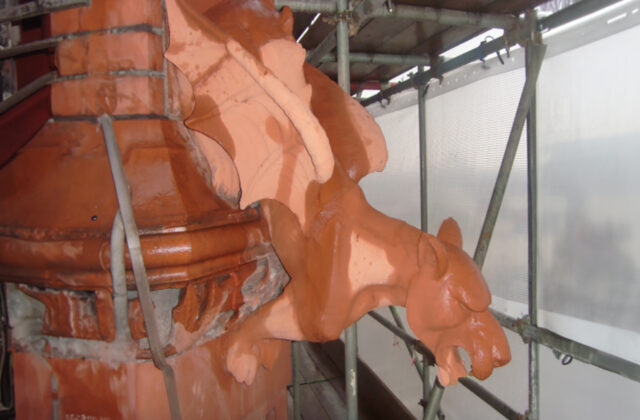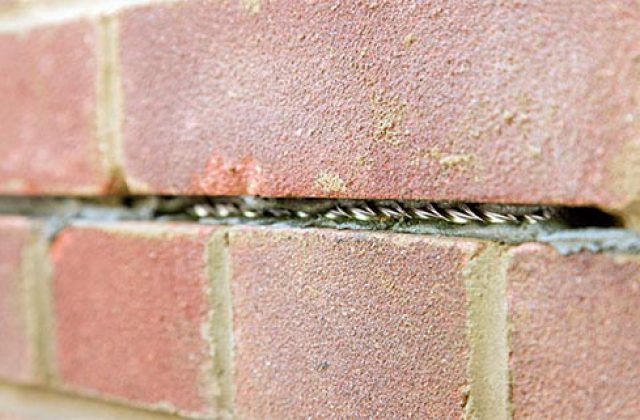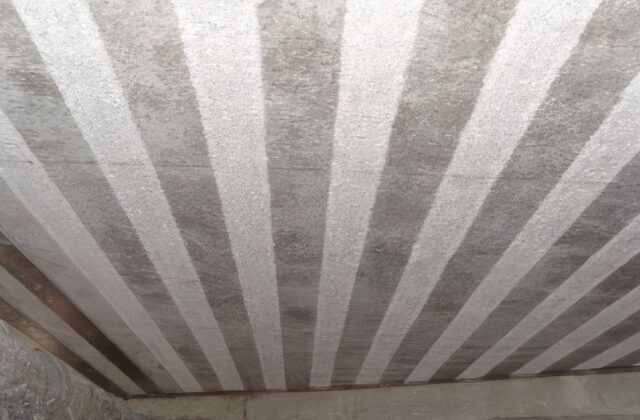What are structural repairs?
As a building ages, structural defect can start to appear. Quadriga offer a range of services that can restore the integrity of your buildings and structures.
As a building ages, structural defect can start to appear. Quadriga offer a range of services that can restore the integrity of your buildings and structures.

Resin injection techniques have proved to be a valuable ally in the repair and conservation of stone, timber, concrete and brick over the past decade.
Resin can be used to achieve a very high standard of repair by knitting together fragile and fractured structures. Crucially, these repairs are almost invisible, preserving the aesthetic value that is particularly important in many of the more historic buildings we work on.
Flexible polyurethane resins available are used in cases where a greater degree of movement is expected in the building.

In cases where the extent of the decay is more severe, pinning can be used to fix loose pieces of masonry to the main structure and improve the stability of the substrate. Once this is secure, stainless steel dowels are drilled into the stonework and fixed in place with epoxy resin, as the two techniques combine to add even greater protection for damaged structures.

Quadriga is an approved installer of Helifix, the world-renowned helical bar reinforcement system for structural repairs.
Where masonry has cracked and failed as a result of ground movement, weathering or increased loads and stresses, the Helifix repair system can often provide the ideal solution. Helifix reinforcement products can be used to provide a range of solutions to structural problems, including:
Helifix systems allow the building to be structurally repaired, yet remain virtually unmarked. Its visual impact is so subtle that Helifix has been used to repair historic and listed buildings. Furthermore, in most circumstances the building occupants can remain within the building while the work is in progress, making it an ideal solution for commercial and residential buildings.

Carbon fibre plate bonding is the process of applying plates to concrete surfaces using epoxy resin and bolted fittings.
Previously, steel plates were used to carry out this function, but over time advances in technology have seen carbon fibre pushed to the fore as a significantly lighter, easier to install material, and this is now widely used in restoration projects.
Typical applications
This technique is implemented to provide additional resistance to bending, improve load capacity or reduce deflections. It is also particularly useful as a retrospective method, for example if a building’s purpose changes.
Carbon fibre fabric can also be used to strengthen columns and beams using a wrapping technique. Here, single or multiple layers of uni or bi-directional fabric are impregnated with resin adhesive and applied to sections such as beams and columns to improve their strength.
Complete the form below to tell us about your survey requirements or call us on 01606 330 888 to discuss your project with one of our team.